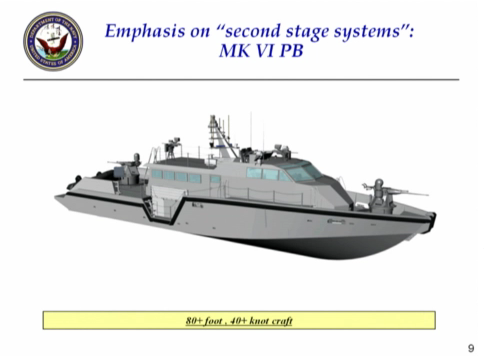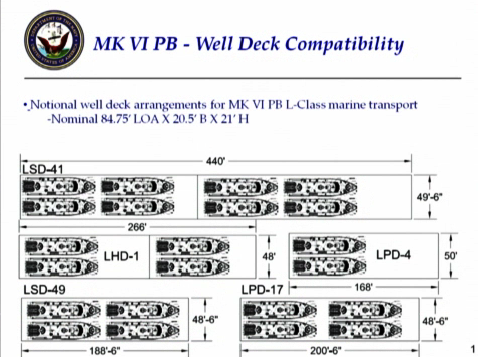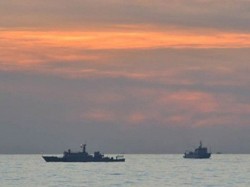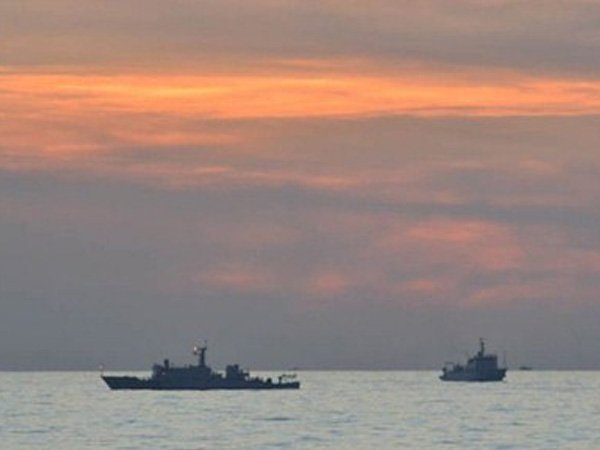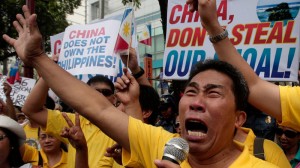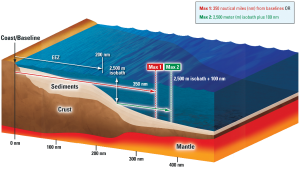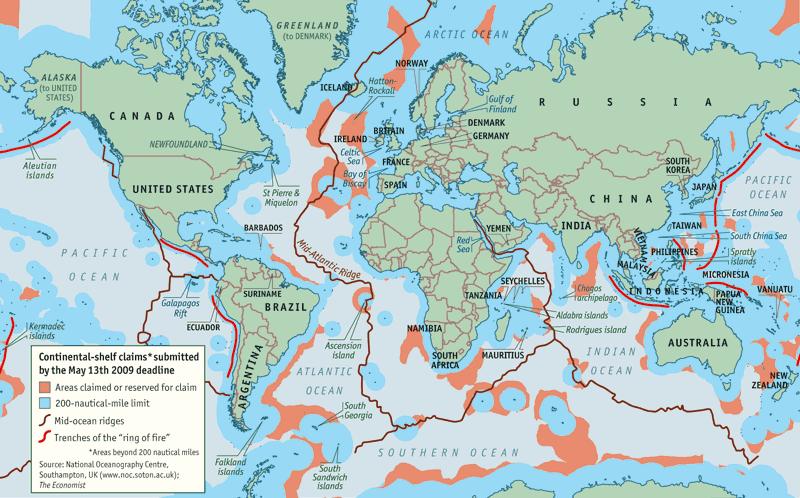Commander Henry Hendrix’s Proceedings article “Buy Fords, Not Ferraris” has entered the canon of innovative naval concepts and has received extensive attention at Information Dissemination and elsewhere. One idea from his article: influence squadrons, or a group of ships centered around an amphibious flagship and emphasizing smaller, networked platforms to conduct presence operations, theater security cooperation, and irregular warfare.
Over at ID, Commander Chris Rawley just wrote about testing distributed maritime operations using UAVs which will become unemployed as operations in Afghanistan wind down. Though he focuses on the aviation side of the house, he does mention surface vessels:
Some of the goals of these [distributed operations] battle exercises would be to…
- Develop ways to employ smaller ships as forward arming, refueling, and communications relays for these aircraft.
- Employ the above concepts with various deployed nodes of special operations forces, Marine, and NECC elements, in an effort to understand the capabilities and limitations each of these units brings to the distributed littoral fight.
Undersecretary Bob Work spoke at a CATO Institute event yesterday (h/t CDR Salamander) regarding the future of the Navy’s surface fleet. While LCS dominated the discourse as usual, I found two of his slides very interesting and no one seems to be talking about them:
To me, this looks like an “influence squadron” in the making. Take an LPD-17, a Burke-class DDG, two LCSs, and embark 4 Mk VI PBs in the well deck, combined with manned and unmanned aircraft from all ships and you’ll get a credible influence squadron. I could see a group of such ships and aircraft operating in the waters near Indonesia, other Pacific Islands, or the Straits of Malacca. This would be ideal for presence operations, HA/DR, capacity building for low-capability partners, theater security cooperation or – with the support of additional combatants – enforcing a blockade. And to CDR Rawley’s point, can these vessels support a small UAV? Now seems the time to put such a group together and see what it can do – and it seems like the Navy’s senior leaders are thinking the same.
I had never heard of the Mark VI program until watching Secretary Work’s presentation, but I am very interested to know more. I’ve seen amphibs embark Riverine Command Boats and am curious how this program is related, if at all. Google results were nil after a few searches – can anyone with the gouge on this craft post to comments?
Finally, what is remarkable about this is that in only three years after CDR Hedrix’s article went to press, the Navy seems like it is seriously considering the implications of this radically different kind of deployment scheme. Though it may not seem fast to some, I think that compared to other historical shifts, the exploration of influence squadrons has occurred rather quickly.
The opinions and views expressed in this post are those of the author alone and are presented in his personal capacity. They do not necessarily represent the views of U.S. Department of Defense, the U.S. Navy, or any other agency.

